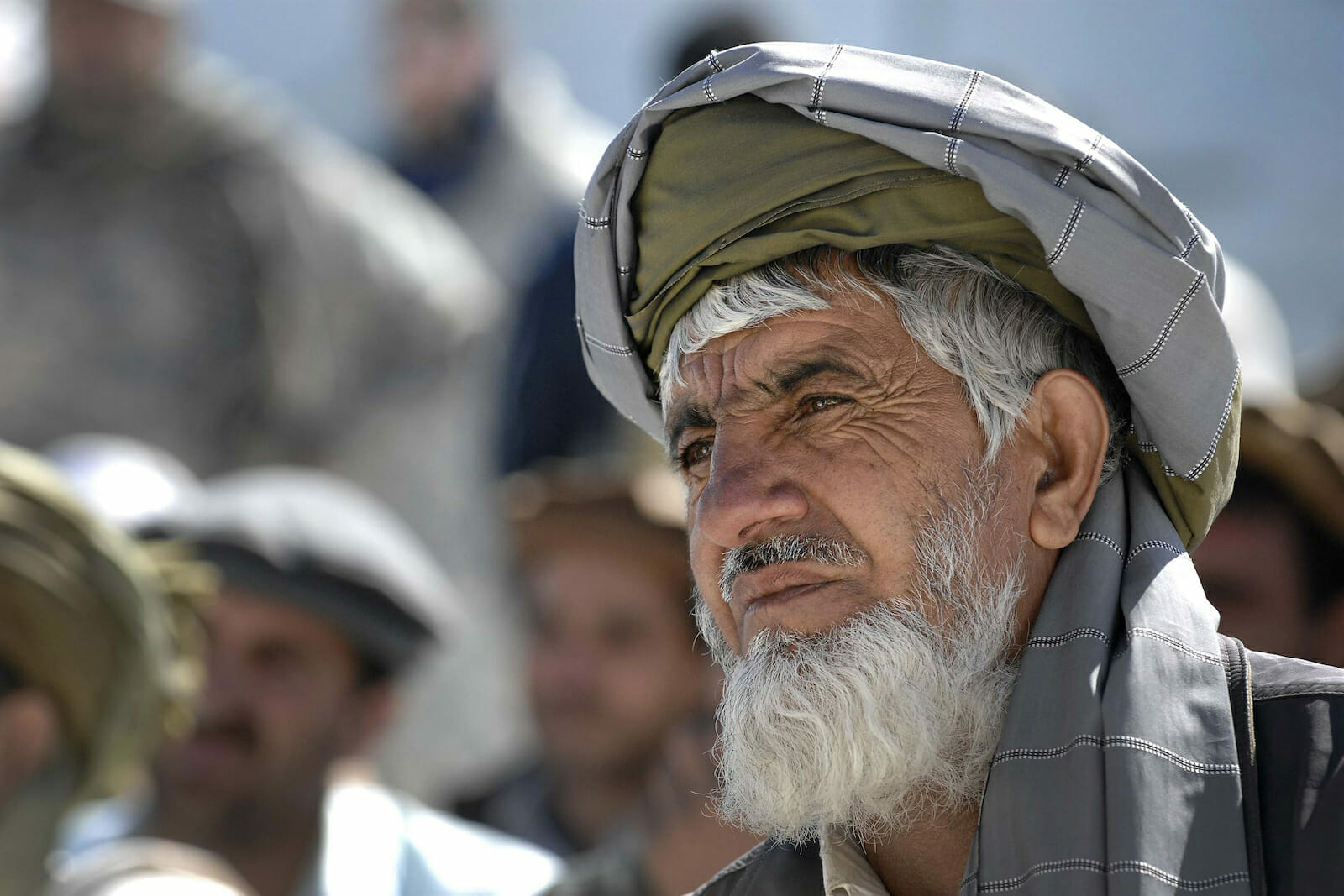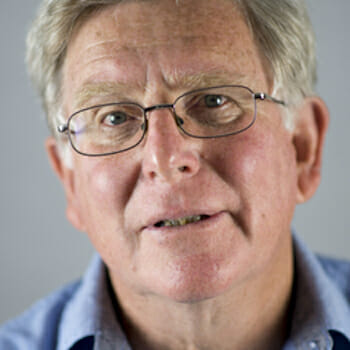
Demographic Difficulties Facing Post-ISAF Afghanistan
With the International Security Assistance Force (ISAF) presence in Afghanistan winding down attention is increasingly turning to what future lies ahead for the country once it is basically on its own. Not surprisingly most attention and speculation is revolving around security and stability questions. Obviously, the political/security landscape will be a key determinant of the country’s trajectory over the coming years. However, that will not be the whole story. Other factors will also pose major challenges. Among the most important of these will be demographic pressures. These frequently get lost in the focus on political/security issues but will be critical. Indeed they will closely impact political/security outcomes.
Central will be the inevitable large population growth that will occur over the coming decades. The latest population projections (medium variant) produced by the United Nations see the current estimated population of 30-31 million people likely growing by around 9 million people over the next dozen years, and then a further 17 or so million by mid-century. In short, not far off a doubling of the population in less than 40 years.
Many demographers would, in fact, say these figures very likely substantially underestimate the swelling of numbers that will occur. To illustrate, the medium UN figures are based on the country’s total fertility rate (i.e. average number of births per woman) falling from 5.7 in 2010 to 3.6 just ten years later, and then down further to 2.7 by 2030.
Such a large projected decline over such a short time certainly has questions hanging over it. While the precise future increase is by definition unknowable the inevitability of large growth is carved in demographic stone through one of the highest fertility rates in the world, continuing high ‘wanted fertility’ and a very young age structure resulting from previous decades of even higher birth rates.
Even if fertility was to drop considerably more quickly than expected over the coming years, the age structural momentum for growth would see substantial future increase still occurring. Successfully handling this increase will be very difficult. Taking education as an example, over the next decade the population of secondary school age is projected to grow by over one million children. As a result of past very high fertility Afghanistan, like many other developing countries, has a large ‘youth bulge’ Currently half of the adult population are aged 15-29 and that is likely to continue for at least another decade and a half. If birth rates decline more slowly the bulge will persist even longer.
A youth bulge for two to three decades can be beneficial (i.e. a workforce ‘demographic bonus’) if a nation’s economy can meet the demographic pressure for productive job creation. However, when mixed with high levels of young adult un(der)employment, poverty, and frustration at the lack of opportunities for advancement such bulges can be a volatile recipe for civil unrest and violent conflict. Unfortunately, this is the more likely prospect for Afghanistan.
Other (socio)demographic factors are also relevant. For example, given the lengthy history of ethnic tensions, it is almost certainly wishful thinking to believe that conflict between the country’s Pashtuns, Hazaras, and other ethnic communities will not boil over into conflict again in the future. Likewise, the longer that systemic intra-family and societal discrimination against Afghan girls and adult women persist the longer will the country’s progress be retarded.
Health problems will be a further brake – socially and economically. While some improvements have been registered in recent years conditions are still overall grim and the heavy morbidity and premature mortality burden from diarrhoeal diseases, lower respiratory infections, and other largely preventable conditions will unfortunately likely continue to plague the country for many years to come. Demographics also come in here in terms of the country’s very dispersed population distribution pattern which makes nation-wide delivery of health services difficult.
Economically, socially and politically accommodating large numbers of returning refugees and internally displaced persons will be additionally difficult. Overarching and likely exacerbating the problems flowing from these demographic issues is the threat of climate change, the United Nations Environment Programme (UNEP) having identified Afghanistan as one of the countries most vulnerable to such change.
With the country’s heavy reliance on agricultural activities anticipated increases in mean temperatures and decreasing rainfall would be cause for concern even without population increase. With population increase these threats become even more pressing. Already over the past twenty years population growth has seen per capita total actual renewable water resources more than halve, from an estimated 4600 cubic metres per year to just on 2000 cubic metres.
Poor nutrition and food insecurity problems could thus easily deepen. A 2007-08 national survey found more than a quarter (29%) of the population suffering from calorie deficiency, 54 percent of children under age five to be stunted and 34 percent to be underweight. Cereal crop production, the country’s dietary core, is highly volatile and falls short of national demand, large imports frequently being required. Hence, while perhaps not as obvious as some other factors, ‘demographics’ will unquestionably be a major force in post-ISAF Afghanistan.
